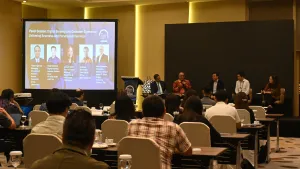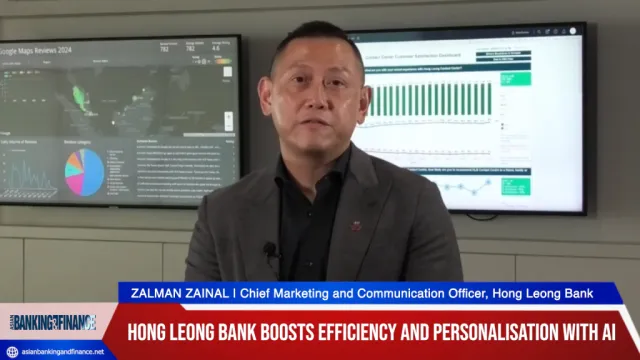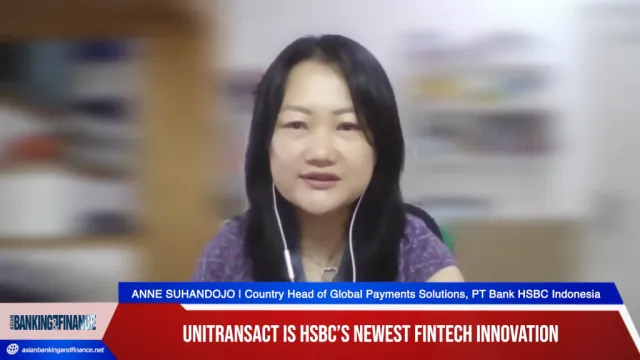
How ICBC's mobile banking transactions outrageously surged 665%
Find out which other Asian countries are 'leapfrogging' from basic banking to mobile banking.
According to East & Partners, mobile banking in Asia is arguably more developed than it is elsewhere in the world but there are two distinct paths of growth.
Here's more from East & Partners:
In developed economies such as South Korea, Singapore and Hong Kong banks have been at the forefront of mobile innovation over the last decade. South Korea is likely to reach 20 million smartphone banking users this year, and smartphone transactions averaged US$600 million a day in the first quarter of 2012.
In Singapore, the city-state has one of the highest smartphone penetration rates in the world at 62 percent, and ranks first among 34 countries in the MasterCard Mobile Payment Readiness Index.
But even in this mature market, there are new entrants and product launches: Maybank Singapore launched its mobile banking service in August, while telecoms provider StarHub launched its “SmartWallet” application in a consortium with banking leader DBS.
Other, less developed economies are also embracing mobile banking at a fast rate, but they are doing the classic “technology skip” and leapfrogging from very basic banking services to the mobile and connected world.
Countries such as India, Bangladesh, Indonesia and even China have a large unbanked population whose first contact with a bank is likely not to be in a traditional branch, but over their mobile phone. These countries are the ones which present as a major opportunity for banks, telecommunications and payments providers to grow their business in a market that is expanding exponentially.
In China, the Industrial and Commercial Bank of China now has 61 million mobile banking customers, up 60 percent year on year. In the same period transactions surged 665 percent, and the bank launched the version 3.0 of its mobile banking product.
At the recent World Economic Forum in Tianjin, Chinese bank executives were particularly bullish on mobile banking, with a focus on high net worth individuals. The chief executive officer at the China Merchants Bank described it as “like oxygen, air to the banks.”
But while high net worth individuals all through Asia will undoubtedly embrace mobile banking, if they haven’t already, it will be the growing middle class who make it a mass market phenomenon.
In India, for example, the Reserve Bank of India (RBI) said there was a 500 percent increase in mobile banking transactions in the first quarter of this year compared with 2011. Strong growth is also being recorded in markets such as Bangladesh, Vietnam, the Philippines and Indonesia.
The phenomenon has caught the attention of the regulators. In India, the RBI has ruled out extending mobile wallet facilities for mobile phone operators in the absence of common standards, but has held out hope that they could be allowed into the market if they partner with banks.
In these rapidly developing countries, expect to see new partnerships and deals between banks and telecoms providers as they scramble to deliver mobile solutions to their markets.
What is often forgotten is that it costs banks so much less per mobile transaction than transactions made in branches. This creates momentum for mobile banking both from users and consumers.
Current estimates place the cost of a mobile transaction at one-tenth of a similar transaction in a branch, so not only is a mobile payment highly convenient for consumers, it’s also highly profitable for a bank.






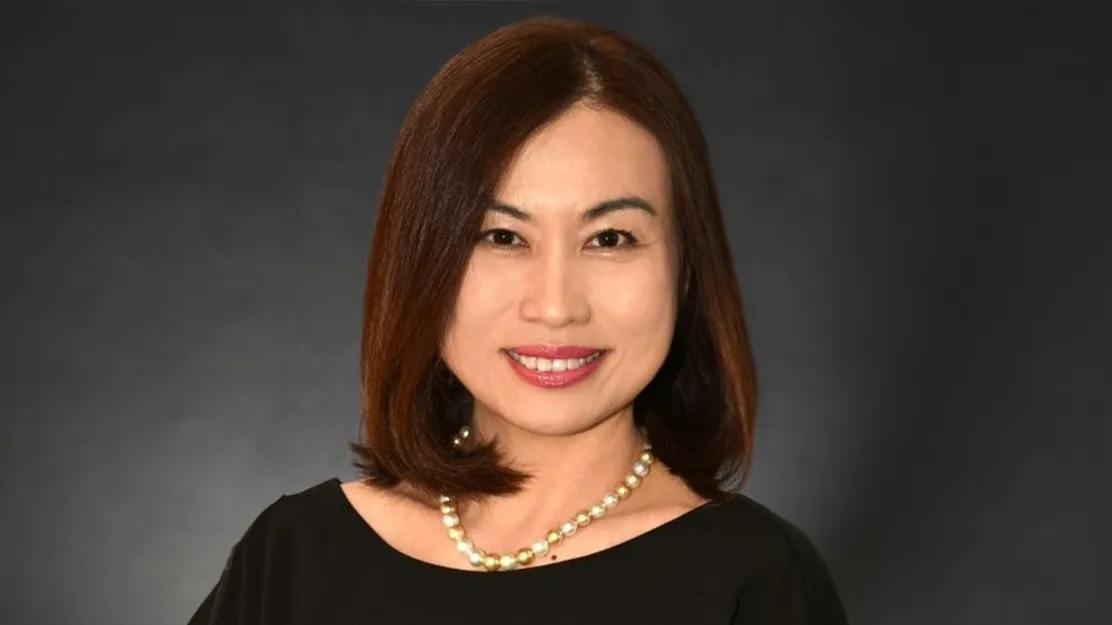


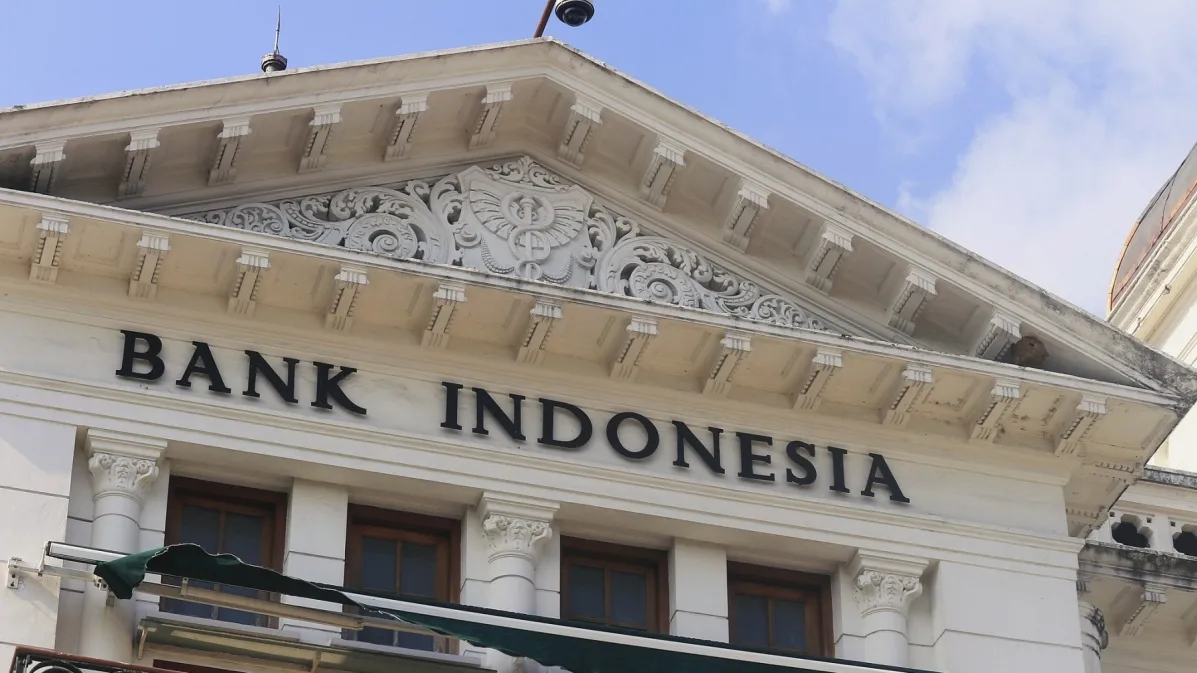
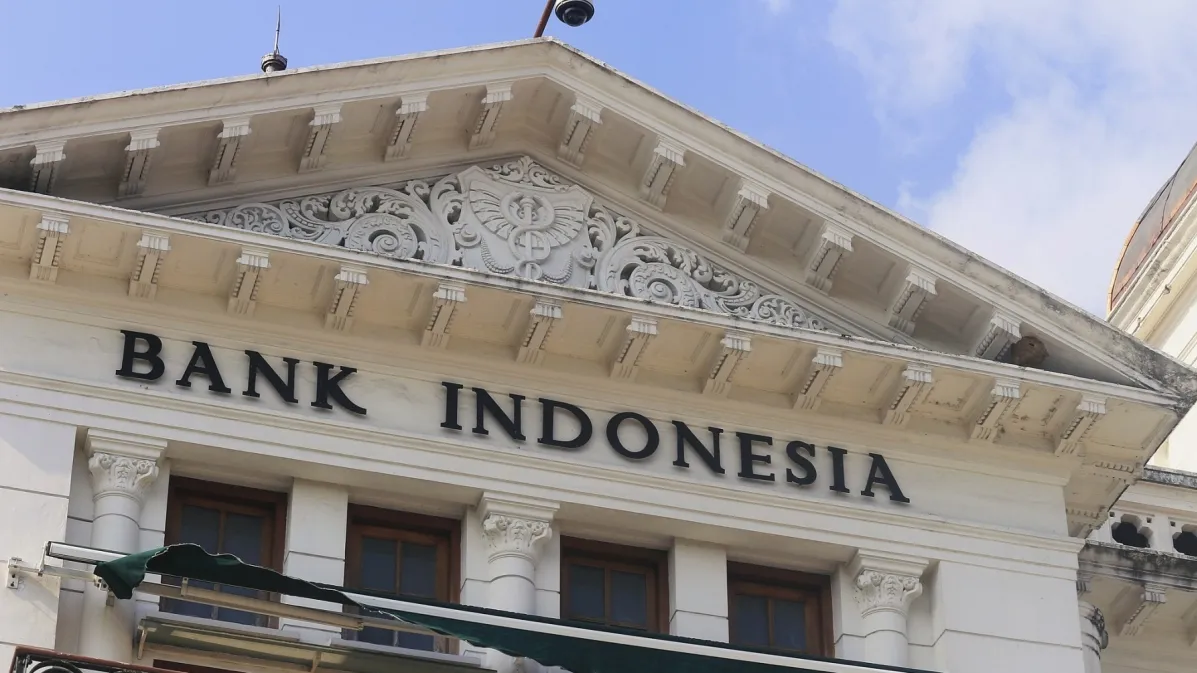
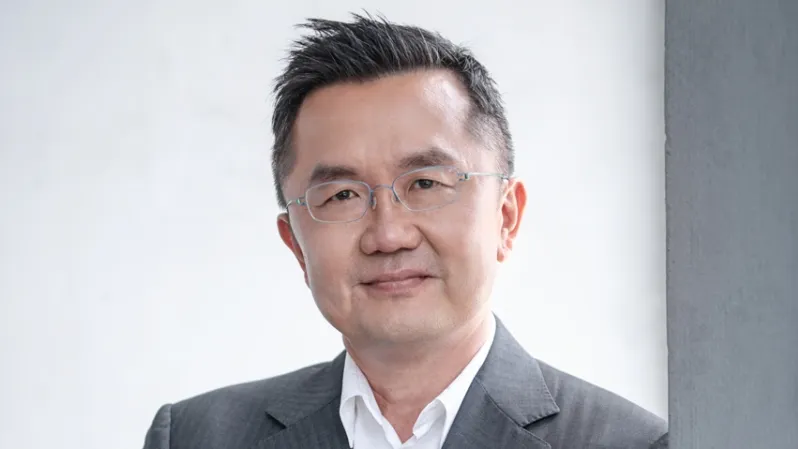
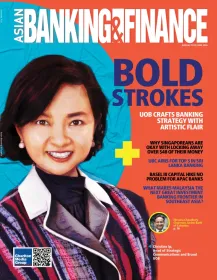
 Advertise
Advertise


